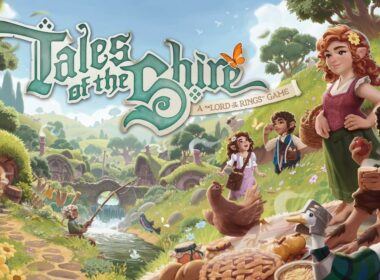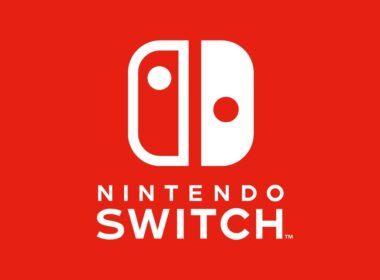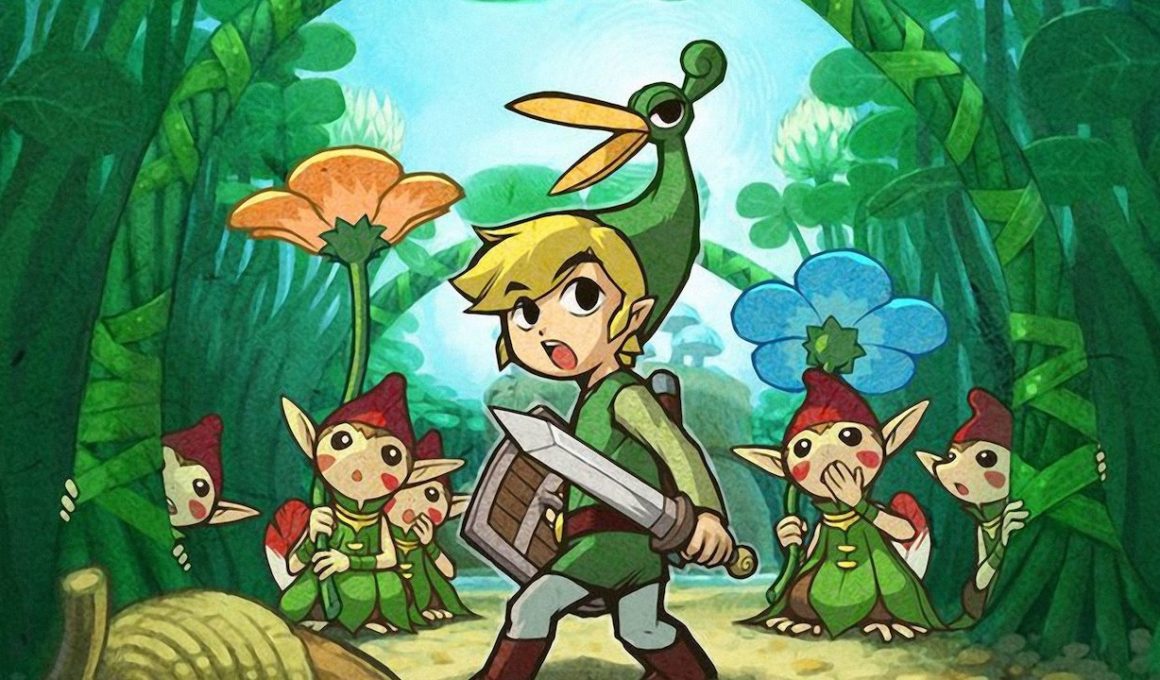Legends speak of a time long ago when evil spirits threatened to cast the world in darkness, yet, as the Hylians time grew short, tiny Picori descended from the heavens and bestowed a shining golden light and a sword upon a young boy. Summoning his wisdom, courage and using such gifts, he drove back the demons and restored peace to the world. However, the lands of Hyrule are troubled once again.
While the existence of the Picori has passed into legend over time, it is said that “just once in every 100 years, a secret door opens, and the Picori come to visit.” We join Princess Zelda and childhood friend Link as they attend the Picori Festival, held every year to show gratitude to the minuscule creatures that are said to have once saved Hyrule. A Sword-Fighting Tournament that calls the hero of legend to mind is part of such celebrations, and this year sees the little-known Vaati win with relative ease.
His reward is to touch the sacred Picori Blade although during the ceremony he shatters it, opening the Bound Chest that it had sealed and unleashing the monsters trapped within. Before escaping, he turns Princess Zelda to stone sending Hyrule Town into a panic. King Daltus summons Link, explaining that the Picori are indeed real and tasks the young hero with seeking them out in the Minish Woods to reforge the sacred blade. And so begins your latest quest.
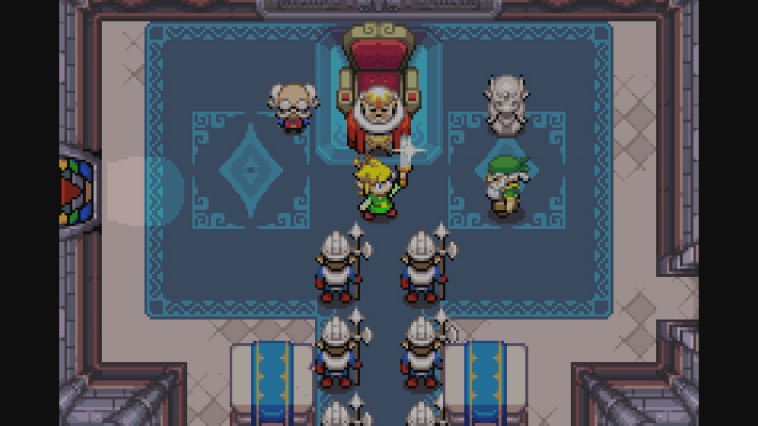
Released on Game Boy Advance back in 2004, The Legend of Zelda: The Minish Cap is an adventure of microscopic proportions. Set within a cartoonish art style reminiscent of The Wind Waker, it is sagely companion Ezlo that casts a spell over your quest, quite literally. Rescued from within the Minish Woods, the talkative green cap decides to help Link and hops atop his scruffy blonde barnet. His magic can be used to transform Link to the size of the Picori, or the Minish as they call themselves, whether that be by standing on a withered tree stump or a broken vase.
Far from a superficial inclusion, shrinking to such size is masterfully interworked throughout The Legend of Zelda: The Minish Cap – whether that be in the overworld, the game’s dungeons, or even within the homes of Hyrule’s inhabitants. There’s a whimsical fairytale to the entire idea, capturing the same essence as The Borrowers with players gleefully clambering up bookshelves or wandering the undergrowth in fear of descending rain droplets.
The gameplay largely remains true to the conventions that Zelda series producer Eiji Aonuma is now looking to defy. Players must conquer several dungeons as Link looks to recover the Four Elements in order to restore the Picori Blade, in which you will recover items that will allow them to traverse previously inaccessible areas of the overworld. These dungeons aren’t the trickiest that Zelda fans will have faced, but are largely more memorable for their spectacular boss fights and conjuring unique puzzles that employ the items that fall into Link’s possession.
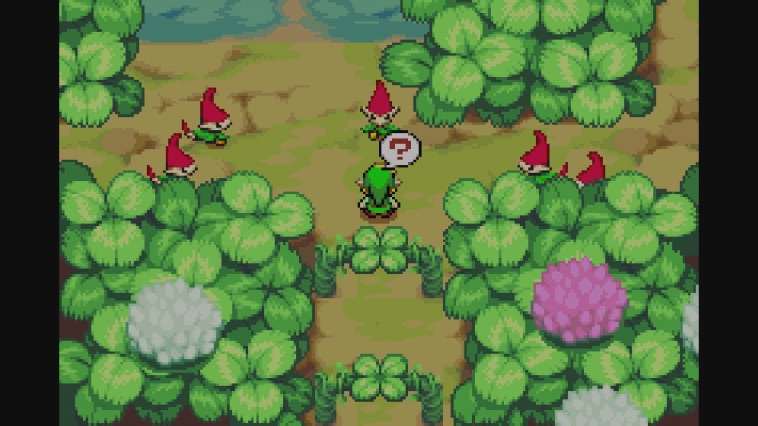
The Legend of Zelda: The Minish Cap introduced three new items to Link’s world in the vacuum-like Gust Jar, the Mole Mitts that allow you to dig through ground and walls in certain areas, and the Cane of Pacci that emits a whirling beam that flips anything that it strikes.
Combat is made far less repetitive than repeatedly swinging Link’s blade through Swiftblade Schools that impart the youngster with new sword techniques. These cover familiar territory with the Spin Attack and Sword Beam, but tread new ground with the Roll Attack that lets Link lunge forward with his blade, the Down Thrust that lets him strike foes from above, and the Great Spin Attack that allows him to continuously swing himself at his enemies to topple them.
Throw in the game’s Kinstone and figurine collectables, and you have a substantial adventure for anyone wishing to embark upon it. Kinstone pieces are fragments of incomplete medallions that Link must correctly couple with characters all across Hyrule. Once a match is discovered, they can be fused together which will result in their respective owners being showered with lucky fortune. In Zelda terms that sees hidden treasure chests appear or secret entrances become uncovered.
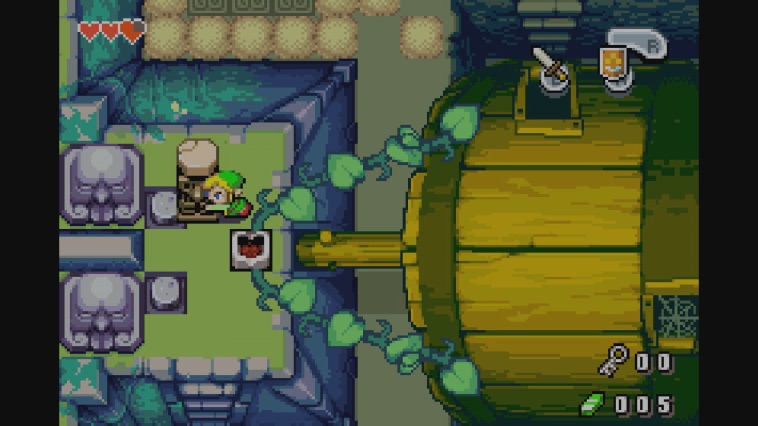
Whereas players will regularly collect Mysterious Shells on their travels that can be spent on a toy machine in Hyrule Town, rewarding you with any of Carlov’s 136 figurines of characters, enemies and locations. For those with the patience to do so, collecting every figurine will unlock a house in Hyrule Town that rewards you with the Sound Test, a phonograph that will allow you to listen to each of the game’s 52 musical tracks.
On that note, it is The Legend of Zelda: The Minish Cap’s soundtrack that is perhaps the weakest aspect. While The Legend of Zelda’s iconic melodies are recounted, aside from later tracks such as Cloud Tops, the Palace of Winds and the somewhat chilling Royal Crypt, the musical soundscape is largely forgettable. It fails to nurture the game’s visual appeal, which is notably aided by Wii U Virtual Console’s screen smoothing feature.
Yet The Legend of Zelda: The Minish Cap stands tall among the franchise’s handheld iterations. To be forever remembered for its unique shrinking mechanic, it is a vibrant adventure that ranks among the very best that have graced the Zelda series throughout its history.
Version Tested: Wii U
Review copy provided by Nintendo

